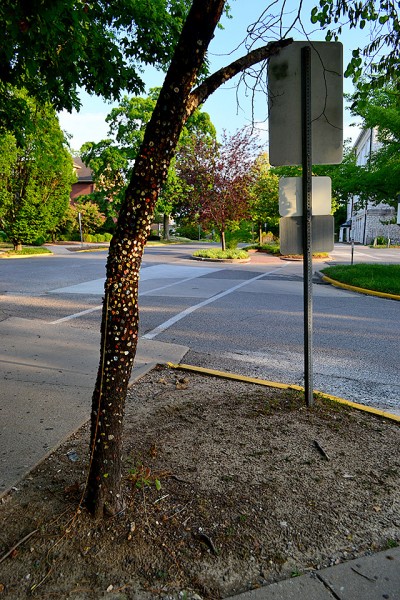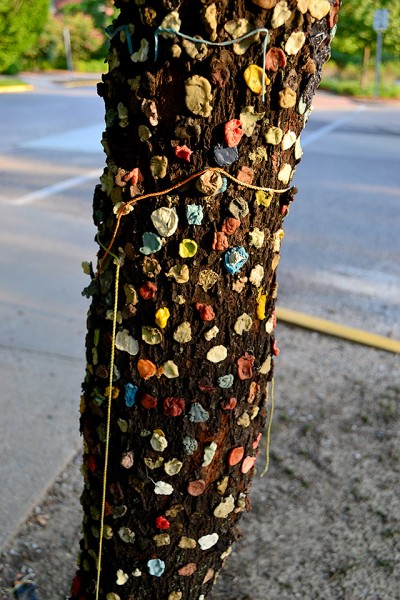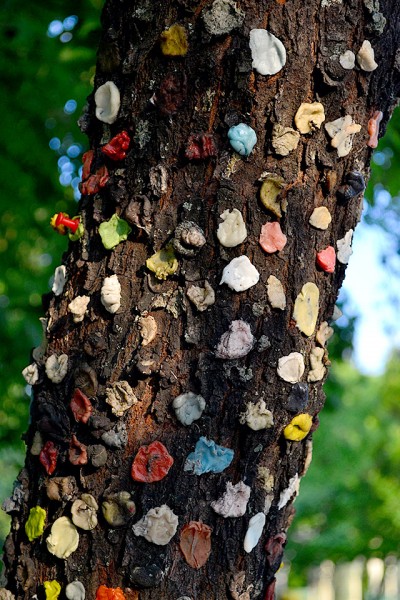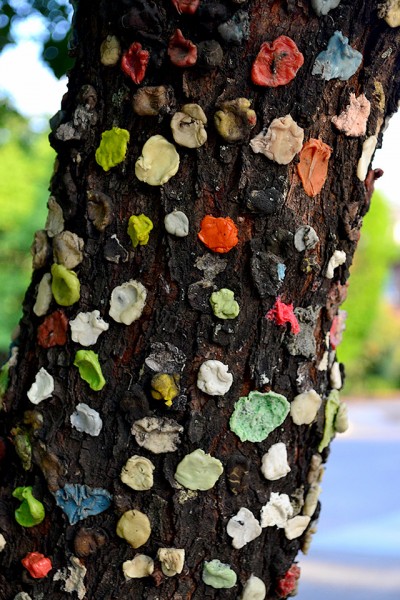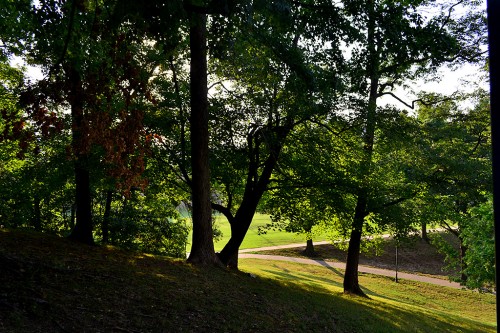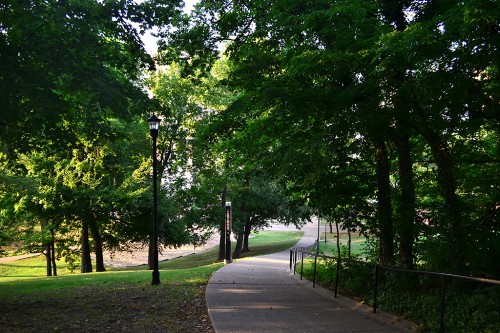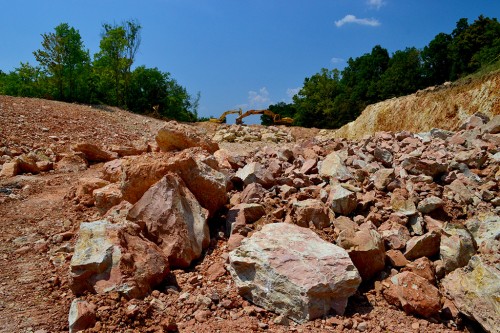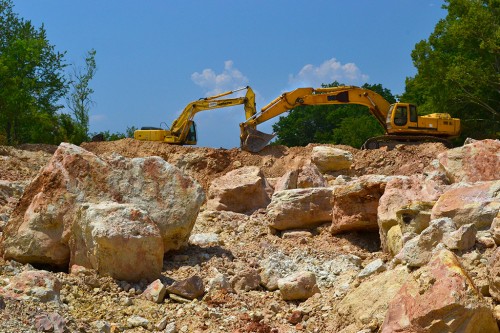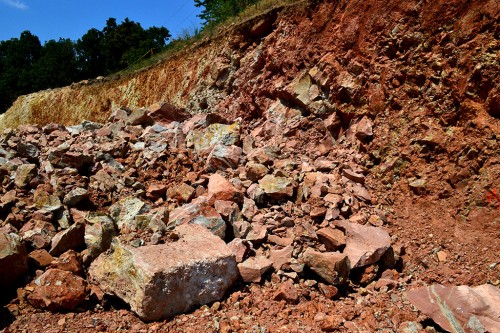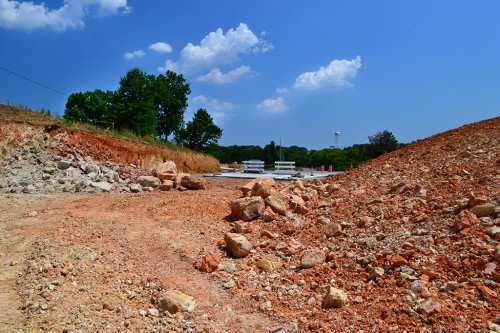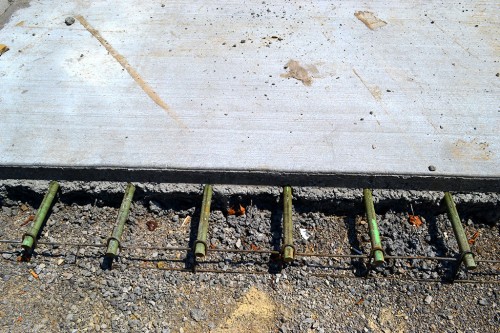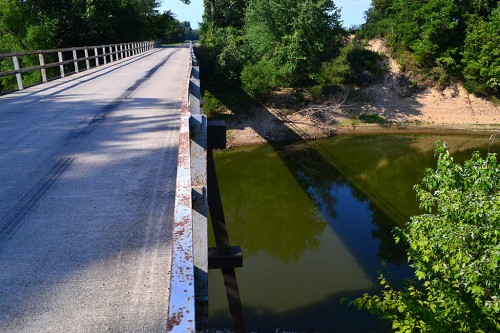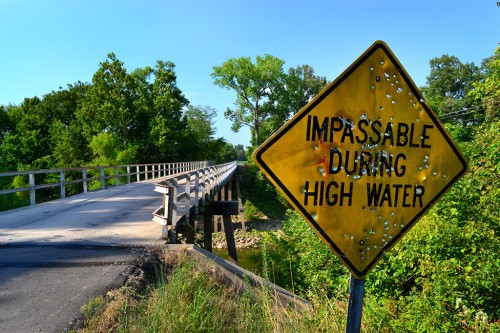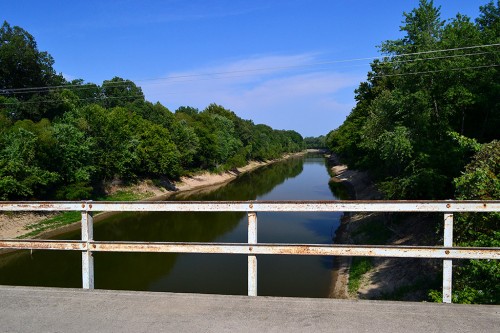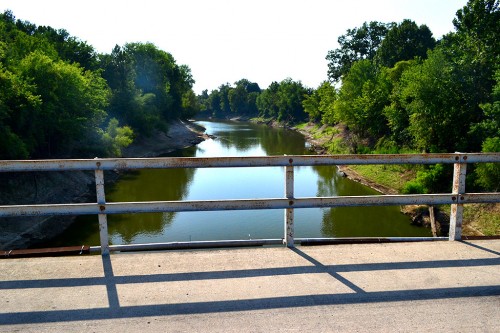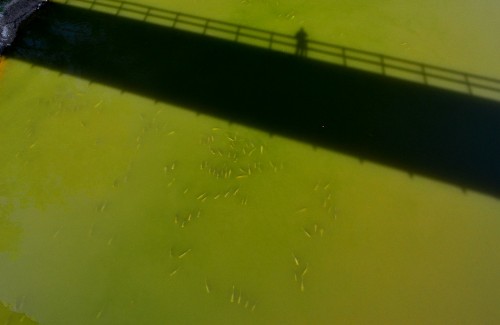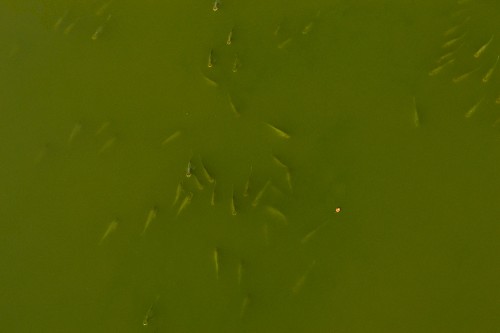At the top of SEMO’s Cardiac Hill is another campus landmark: Gum Tree Version II (at least). I call it Version II (at least) because a March 14,2002, Missourian story says that the original Gum Tree was chopped down by vandals in 1989. The tree can be found at Pacific Street and Alta Vista Drive. (Click on the photos to make them larger.)
Where was the original tree?
This isn’t the location of the Gum Tree I remember. I’m pretty sure it was in the median of front of Academic Hall, just on the west downhill side of Normal. Or, someplace close to that. I vaguely remember shooting a picture of it, but I haven’t stumbled across it yet.
I can’t claim that I ever stuck a wad on the tree. I wasn’t much of a gum chewer. I don’t know if that was the tree that was murdered in 1989. If it wasn’t, then this tree would be Version III.
Is the tree a biohazard?
I’m surprised that some loss control zealot hasn’t removed the tree as a biohazard. There’s no telling what lurks on those expelled globs.
Yes, THAT Santa Anna
Here’s an interesting factoid: “Development of Chicle Gum came with a big breakthrough in 1869… Exiled Mexican former president and general, Antonio Lopez de Santa Anna (infamous for his victory over the Alamo defenders) was living in New Jersey. He brought a ton of Mexican chicle with him, in hopes of selling it. He persuaded Thomas Adams of Staten Island, New York to buy it… Adams intended to vulcanize the chicle for use as a rubber substitute. But his efforts at vulcanization did not work. However, Adams noticed that Santa Anna liked to chew the chicle. Disappointed with the rubber experiments, Adams boiled a small batch of chicle in his kitchen to create a chewing gum. He gave some to a local store to see if people would buy it. People liked his gum, and before long his business was quite successful.”
Gum’s more fluorescent today
Our gum was pretty bland. Bubble gum might have ended up a weak pink, but your basic Spearmint and Juicy Fruit chewed down to a boring gray. This tree has some bright colors.
I was looking at a site that will sell you Old Time Candy. Here’s a sample of brands I remember:
- Bazooka Bubble Gum
- Beemans Gum
- Big Red Gum
- Black Jack Gum
- Not remembered: Bubbaloo Liquid-filled Bubble Gum
- Bubble Gum Cigars (in blue and pink) for birth announcements
- Bubble Gum Cigarettes (I don’t remember gum ones, but do recall the hard candy ones)
- Bubble Yum
- Chiclets
- Clove Gum
- Dentyne
- Doublemint
- Double Bubble
- Fruit Stripe Gum
- Juicy Fruit
- Spearmint
- Teaberry
- Trident

